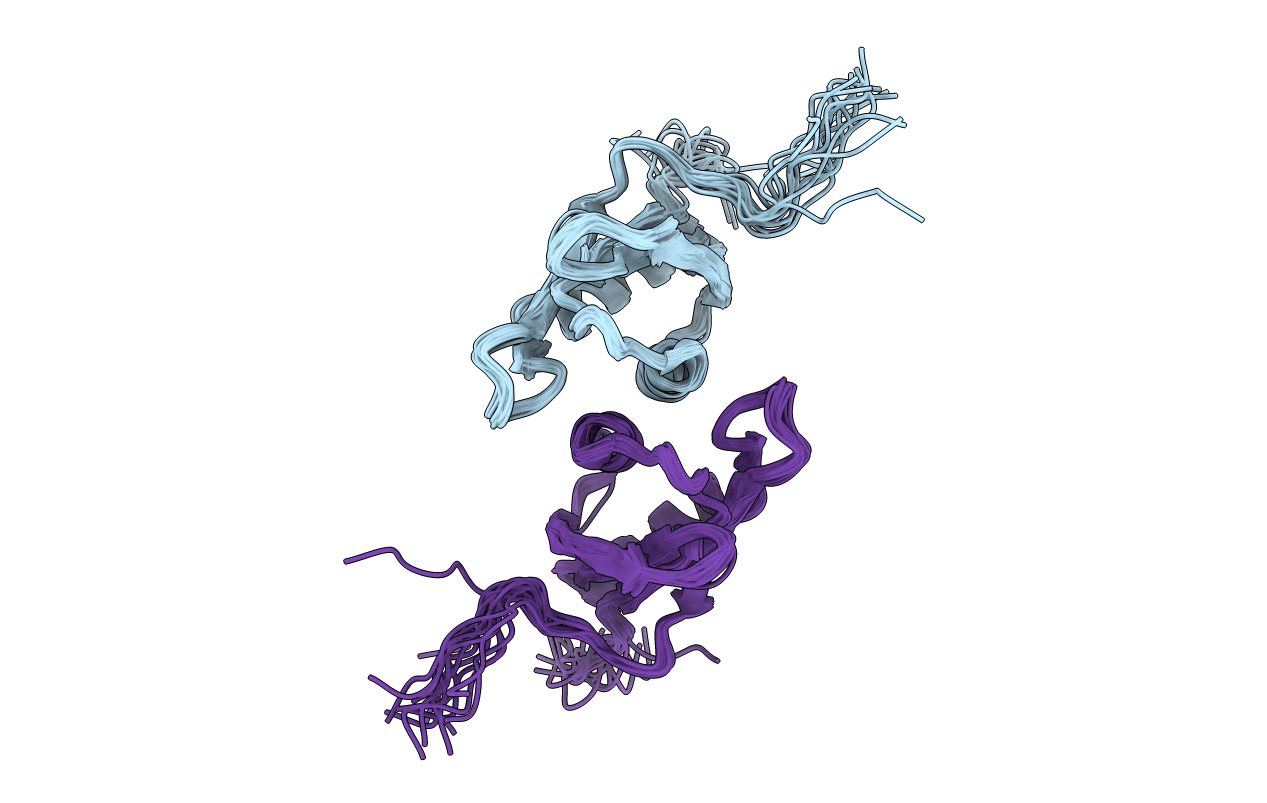
Deposition Date
2013-06-12
Release Date
2014-10-15
Last Version Date
2024-05-15
Method Details:
Experimental Method:
Conformers Calculated:
200
Conformers Submitted:
15
Selection Criteria:
structures with the lowest energy


